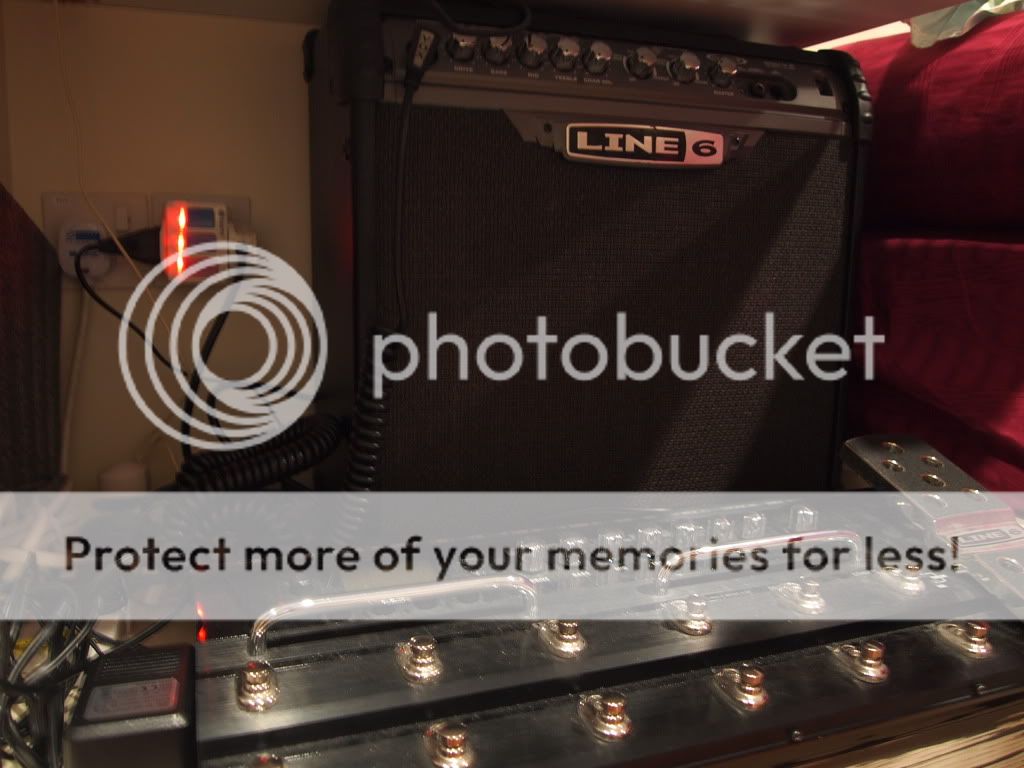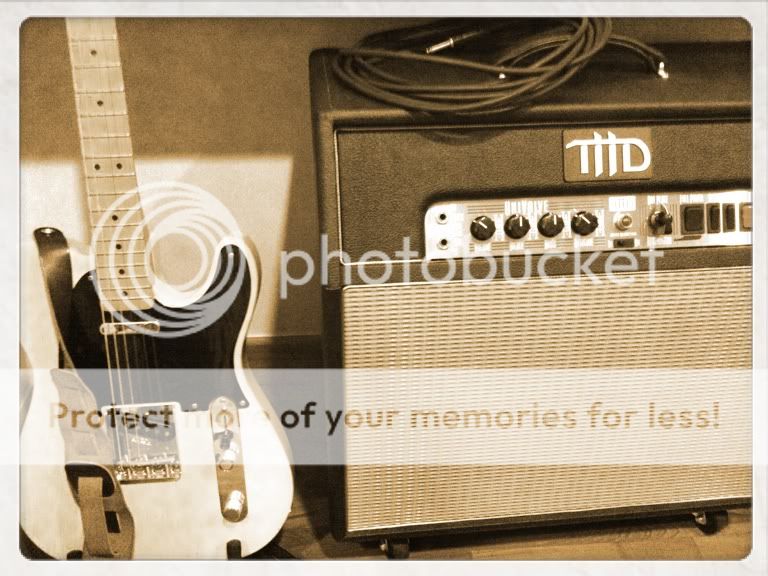It wasn't so long ago that a fresh-from-Sydney graduate was introduced to a parachurch organization, and auditioned for a place in the performing arts ministry's Project Serve.
I was mostly charismatic with little knowledge of the bible. I head-banged, jumped at least a foot off the ground, and believed that distortion and worship could co-exist. It was a very heart-driven Christianity for me.
Project Serve changed my life. The heart was reigned in by the mind. The mindlessness was replaced by a constant awareness of God's truth in every act I did, whether in public or in private. The gospel became something to be treasured, to fight for, to defend and not merely something private.
Music was seen for what it truly was; something God graciously gives, an aspect of His creation, and like all good gifts we can either use it well or abuse it selfishly. I began scrutiny of lyrics, and saw that what was said was equally important to what was played. Bands I previously followed couldn't be followed anymore, simply for what they stood for and what they encouraged through their lifestyle and in their songs.
I pray that these young ones will discover for themselves how to live a life pleasing unto God, that all aspects of their giftings, be it in music, sports, media, are all for God's glory. We are to be good stewards of what He gives.
I was mostly charismatic with little knowledge of the bible. I head-banged, jumped at least a foot off the ground, and believed that distortion and worship could co-exist. It was a very heart-driven Christianity for me.
Project Serve changed my life. The heart was reigned in by the mind. The mindlessness was replaced by a constant awareness of God's truth in every act I did, whether in public or in private. The gospel became something to be treasured, to fight for, to defend and not merely something private.
Music was seen for what it truly was; something God graciously gives, an aspect of His creation, and like all good gifts we can either use it well or abuse it selfishly. I began scrutiny of lyrics, and saw that what was said was equally important to what was played. Bands I previously followed couldn't be followed anymore, simply for what they stood for and what they encouraged through their lifestyle and in their songs.
I pray that these young ones will discover for themselves how to live a life pleasing unto God, that all aspects of their giftings, be it in music, sports, media, are all for God's glory. We are to be good stewards of what He gives.






























